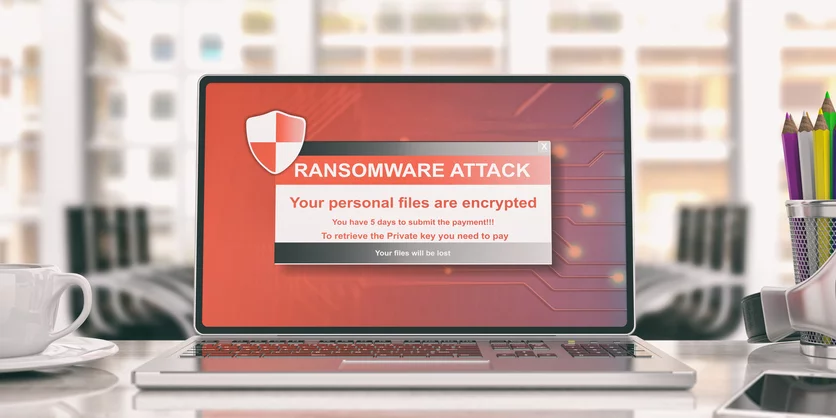Efficiency and Competitive Edge through Technology
Efficiency and Competitive Edge through Technology In a world where efficiency and innovation are keys to success, technology serves as a cornerstone in achieving these objectives. This post...










